Tactics don’t necessarily fail because they’re bad.
They fail because of the context around them.
The customer segment was off. The timing was bad. Or the attempt was half-assed.
It all works. SEO works. Facebook ads work. Conversion optimization works.
But the degree to which they deliver depends wildly on other factors.
And the only way to ensure success is to get those things right, first, before jumping head-first into the tactics.
Here’s how to do the hard work, up-front, to make sure your next campaign goes off without a hitch.
Facebook ads “don’t work”
You can’t browse the interwebs without running into a new shiny hack. A brand new strategy or tactic to implement.
So you ditch the to-do list. You push off the important. You bend to the urgent. (Or at least, that which faintly resembles the urgent.)
You try the new hack. You invest hours that don’t exist and money that you don’t have.
You follow the “Launch Plan” from influencer XYZ to a T. Literally: Every. Single. Thing.
And then?
It falls flat. It works, but not enough. It produces, but not enough.
Seth Godin published Meatball Sundae in 2007. A decade ago.
Strange title, right? There’s a reason behind it:
“People treat the New Marketing like a kid with a twenty-dollar bill at an ice cream parlor. They keep wanting to add more stuff—more candy bits and sprinkles and cream and cherries. The dream is simple: ‘If we can just add enough of [today’s hot topping], everything will take care of itself.’”
Except, as you’re already all too familiar, that’s not how it works in the real world:
“Most of the time, despite all the hype, organizations fail when they try to use this scattershot approach. They fail to get buzz or traffic or noise or sales. Organizations don’t fail because the Web and the New Marketing don’t work. They fail because the Web and the New Marketing work only when applied to the right organization. New Media makes a promise to the consumer. If the organization is unable to keep that promise, then it fails.”
It’s the context, not the tactics.
We aren’t talking about 1960’s advertising. We can’t run ads in a vacuum and shape the public’s opinion.
There’s a lot of other things at stake. There’s a lot of other aspects to consider.
Facebook advertising is one of the best examples because it’s surprisingly complex and nuanced. You can’t just throw up a one-and-done campaign to see revenue pour in overnight.
That’s why it’s a waste of money according to popular opinion.
68 million people can’t be wrong… can they? (How many people voted last year again?)
Let’s click through a few of these to pull out the real gems:
“Facebook’s stock tanked after the IPO for one singular reason. Their advertising model does not work well. Most people who’ve advertised on Facebook, including myself, have been disappointed.”
Um. Ok.
“In that case, not only has Facebook and other digital technology killed ad creativity, it’s also killed ad effectiveness.”
I’m not even sure what that means.
Ok. Well, please, nobody tell Spearmint Love that Facebook ads don’t work. Because they just posted a 1,100% revenue increase last year using… Facebook ads.
Now, it wasn’t all rainbows, sunshine, and unicorns for them. They ran into problems, too.
It took six months for them to figure out one of the reasons their campaigns were stalling. It was simple and right in front of them the entire time.
Kids grow up.
Which means baby-related ads only work for so long with a particular cohort, before it’s time to refresh, update, and move along.
Again — the underlying issue was the market, the people, the life stage. Not the tactic.
They adapted. They went upstream. They followed customers as they naturally evolved.
So, no. “Boosting” posts endlessly doesn’t work. Buying likes doesn’t work, either. Not by themselves, obviously.
Likes, impressions, and fans don’t pay the bills. Leads and customers do.
That holds true regardless of which advertising medium we’re discussing: TV, radio, billboards, Google, Facebook, or otherwise.
You need a customer acquisition machine on Facebook. Simultaneous campaigns running in parallel. One building the attention and awareness for the next. Another nurturing those and presenting different enticing offers. Only after the foreplay can you get down to business.
Yet, that doesn’t happen. At least, not as often as it should. Which leads to… “It doesn’t work.”
This is far from the only scenario. This same issue pops up over and over again.
It even applies to the proposed Facebook solution you’re putting in place.
Custom audiences aren’t segmented
Facebook might not have the same level of user intent that AdWords does.
However, they do have custom audiences.
These dynamically-generated audiences can help you laser-target campaigns to skyrocket results. (Or, at least, push unprofitable ones past break-even.)
They allow you to run retargeting campaigns on steroids. You can overlay demographic and interest-based data with past user behavior, so you can accurately predict what someone wants next.
Custom audiences help increase your Relevancy Score, which in turn, lowers your Cost Per Click while also increasing your Click-Through Rate.
Awesome, right?
So what could possibly be the problem?
Too often, your custom audiences aren’t custom enough.
Let’s talk about your business. How many products and services do you sell?
Now, how many of those do you sell to different customer segments or personas?
Imagine a simple matrix:
The possibilities might double or triple as you add each new variation. Exponentially.
It’s not my place to tell you that such a business model is too complicated. It is, however, to say that you’ve just made your ad campaigns infinitely more difficult.
Because this matrix doesn’t even take into account the funnel stage or intent level each audience has for each product. So we can add another layer of complexity here.
Let’s say you have a custom audience set up for past website visitors to your site. Fine.
However, in that one “custom audience” you’re lumping together all of these personas and products.
In other words, it’s segmented. Barely. A little bit. But not good enough.
The trick is to think through each possible variation and have your customers help you.
For example, the services page from Work the System segments you into two groups right off the bat:
Now, subsequent retargeting campaigns can use the right ad creative. The one that talks about the unique pain points of an online business (like remote workers) vs. that of the brick-and-mortar variety (like local hiring).
See? Everything is (or should be) different.
You can even do this on pricing pages.
For example, Credo names each plan for a different audience:
You segment product features based on personas. So why not your ad campaigns?
Agencies have more fixed expenses than freelancers. Therefore, their project minimums will be higher. Their goals are also in growing and managing a team vs. doing the work themselves.
They’re similar once again. But vastly different when you get down into the weeds.
MarketingExperiments.com worked with a medical company on a similar issue. Simply rewriting collateral pieces for a specific segment (as opposed to a nameless, faceless audience) increased CTR by 49.5%.
Another trick you can try is including different ‘paths’ for each potential problem (and your service that lines up with it.)
So you send out a re-engagement email campaign with links to content pieces for each. Then you see who clicks what.
And then you sync your email data with custom audiences to add these people to the right destination.
Follow any of these recommendations (or better yet, use them together), and you’ll get custom audiences that are, in fact, custom.
It also means you’ll have about 3-4 times the number of custom audiences and campaigns running at any given time.
But it means you’ll have a better shot at success. And at getting Facebook ads to “work.”
All because you put in the proper work ahead of time.
Conversion tracking is off (or non-existent)
People think data is honest.
Unfortunately, it’s not. Data lies more than we care to admit.
Case in point: Conversions.
WTF is a “conversion” these days, anyway?
An email subscriber? A marketing-qualified lead? A sales-qualified lead? A one-off customer? A repeat customer? A high LTV customer?
Sometimes, it’s none of those things.
Years ago, I worked on a new client’s ad account.
The Conversion Rate column inside AdWords showed totals over 100%.
Now, obviously, I know that I’m dashing and brilliant and debonair. But not that much.
Because technically that’s impossible.
So we looked at it for only a few seconds to realize what was happening.
In almost every case, the Conversions total was equal to or more than the Clicks one.
That ain’t good. Here’s why.
Problem #1. It looks like we’re tracking clicks to the landing page as conversions.
Except, their goal wasn’t even a form fills opt-in. It was phone calls.
They anecdotally told me that phone numbers brought in better customers who also converted faster.
Ok, cool. Unfortunately, though, there was another issue.
Problem #2. No call tracking was set up, either.
So the phone rang. Constantly. Several times an hour. And yet PPC got no credit. Despite the fact that PPC probably drove an overwhelming number of the calls (based on the data we saw earlier.)
This client was primarily running classic bottom-of-the-funnel search ads. No display. So the peeps calling were converting. We just had no idea who was or why they were.
This creates a cascading effect of problems.
It meant that there was no historical conversion tracking data to use to draw insights. We literally had no idea which campaigns were converting the best or even which keywords outperformed others.

But wait, because it’s about to get worse.
Problem #3. Aggregate numbers of leads to closed customers was being tracked in Excel.
In other words, X leads from Y campaign turned into customers this month.
Obviously, that’s not ideal. We couldn’t even track PPC leads accurately because of the issues above.
But from there, nobody could see that customer John Smith who converted on Wednesday spent $5,000 and came from Campaign XYZ.
Their “industry specialized CRM software” (read: sh!t) didn’t have an API.
A dude from the “industry-specific CRM” company gave me the following response: “We do not allow for any attempts to manipulate data in the database. Any attempts to do so would cause errors and result in data corruption.”
Which meant that even if we fixed all of these other problems, there was no way for us to pass data back and forth when PPC leads did, in fact, turn into paying customers.
So.
We’re blindly spending dizzying amounts of money. Daily.
And yet, somehow we’re supposed to come in and start driving new customers ASAP?
Without any idea of what’s currently happening, what happened previously, or even what we’re supposed to be optimizing in the first place?
I’ll spare you the boring details. It involved months of going backward to fix various tracking problems (none of which we scoped or billed correctly beforehand #agencylife.)
We basically did everything imaginable.
Except our job.
We designed and created new landing pages so we could use form fields to track and painstakingly set up call tracking on every single landing page. Then we went so far as to create a process for their internal team to manually reconcile these data points each month and figure out how many customers were finally coming from PPC.
Then after we stopped working together, they undid all of the call tracking work we set up. Because: clients.
</end rant>
The point is, no tactic in the world can make up for this scenario.
Yes, SKAGs are good. Geo-targeting is good. Day-parting is fine, too.
But none of it matters if you can’t address the underlying issues. Otherwise, you’re just flying blind.
Not just a single goal inside Google Analytics. But many. Multiple. At different stages. For different personas. For different products/services.
Which always never happens.
First, create a good-old Google Analytics goal. You know, create a ‘thank you’ page, redirect opt-in users there, etc.
More than one persona? Create more than one landing page and form. Message match from the last section helps you keep this all straight.
Then go back into AdWords and create new goals there, too.
The key is to set up the script properly on the new thank you page, and not the landing page. Otherwise, you’ll run into the issue we saw earlier (tracking clicks instead of opt-ins.)
Last but not least, noindex and nofollow the thank you page. Because the last thing you can afford now is for people to find this page from Google, bypass your form, and distort your data.
But wait… what about the initial problem? Phone calls!
We can’t let those go untracked, either. Unfortunately, both Google Analytics and AdWords fail us here. (You can track them as Events, but you’ll still only get aggregate data at best.)
Unless… you hook up another tool like CallRail to swap out your web and landing page numbers. Then you can add a ‘swap target’ to destination phone numbers. It will give each visitor a new number so it can appropriately track all calls.
However… that means you’ll have to go back and append your AdWords and Analytics goals so that they pass the appropriate referral data.
You want to see which AdWords campaign, ad, and keyword delivered each lead.
Only then can you make tactical, day-to-day changes with any certainty.
This OCD-level tracking changes everything.
For example, if you know that a customer is worth $1,000/mo over 12 months and the cost per acquisition is only $200… you can afford to bid up the Cost Per Click aggressively.
Yes, you might pay more in the interim. But you’ll also make more in the long-run.
Context changes everything. But only if you see the entire picture.
Conclusion
All tactics work to one degree or another.
Some might be more appropriate for a particular company. LinkedIn ads, say, would be better for a recruiting company than a baby blog.
However, beyond the obvious, there are margins for error.
Those margins get worryingly large when you’re neglecting to take context into account.
Tactics are good, but they’re not miracle workers. What worked for one person on one site at one particular time will almost certainly not work the same for you.
That doesn’t mean it’s bad, you were wrong, or you suck.
It just means there were other factors you neglected to take into account. And it’s why copy/pasting tactical roadmaps or launch plans often falls flat.
The more time you spend doing the hard, boring stuff to get a better handle on your scenario, the better your probability of success gets.
And the more lucrative those changes can become.
About the Author: Brad Smith is the founder of Codeless, a B2B content creation company. Frequent contributor to Kissmetrics, Unbounce, WordStream, AdEspresso, Search Engine Journal, Autopilot, and more.
from The Kissmetrics Marketing Blog https://blog.kissmetrics.com/why-marketing-tactics-keep-failing/
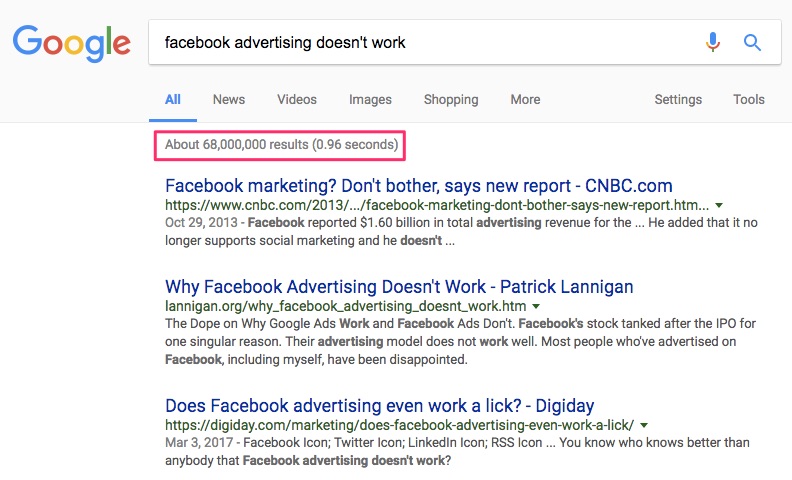
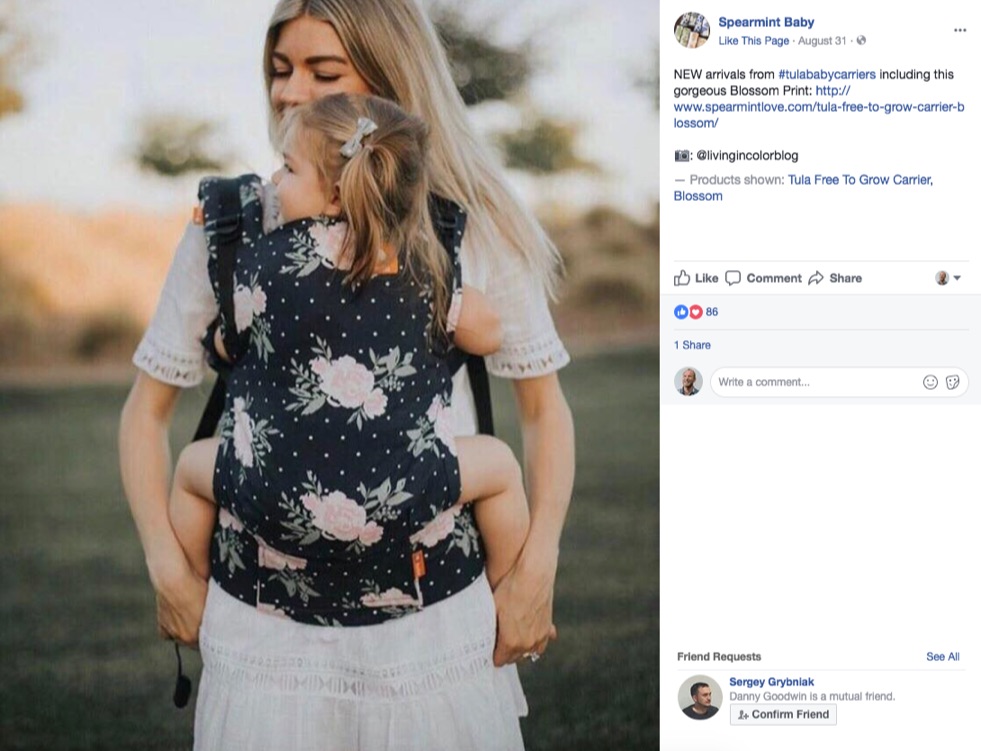
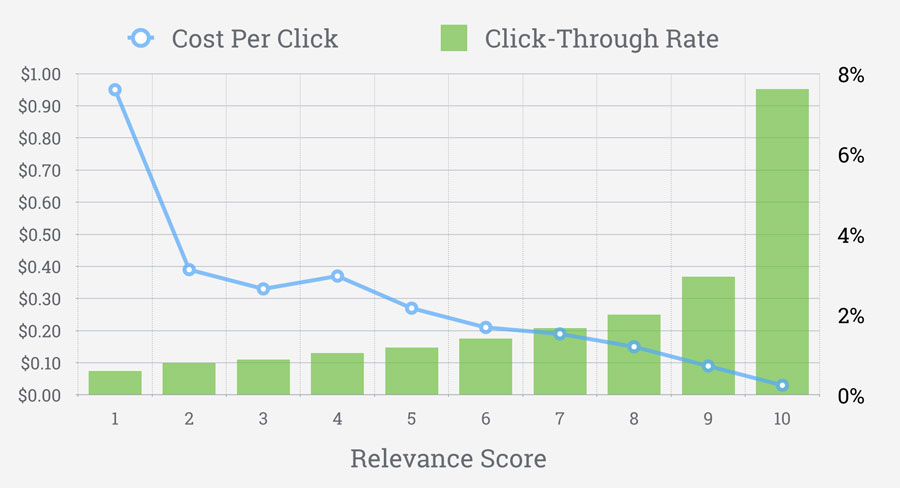

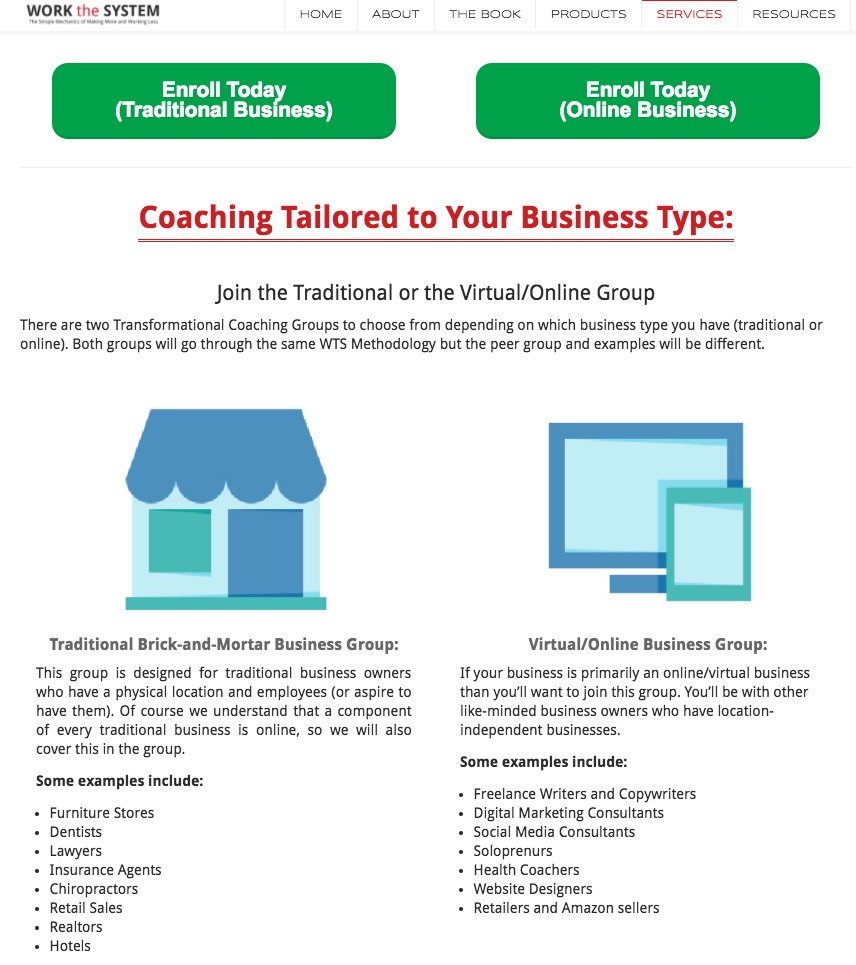
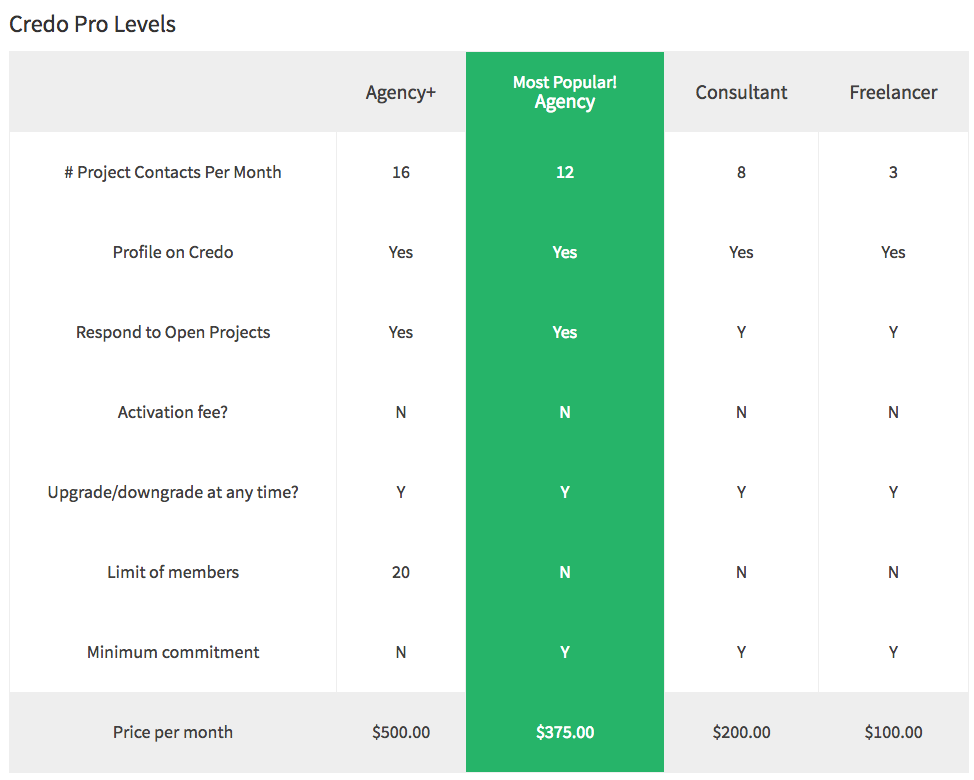
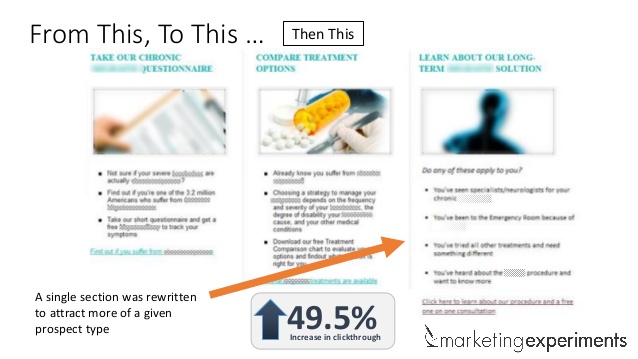
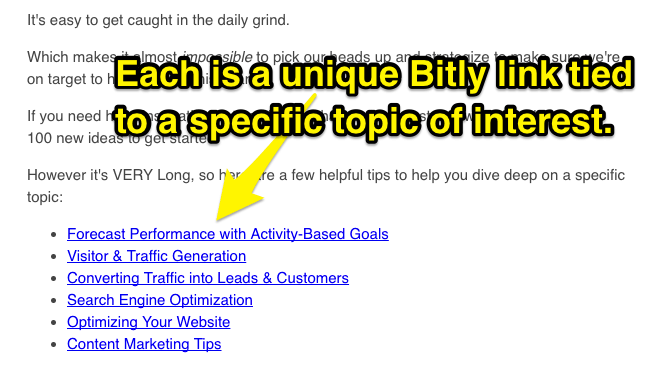
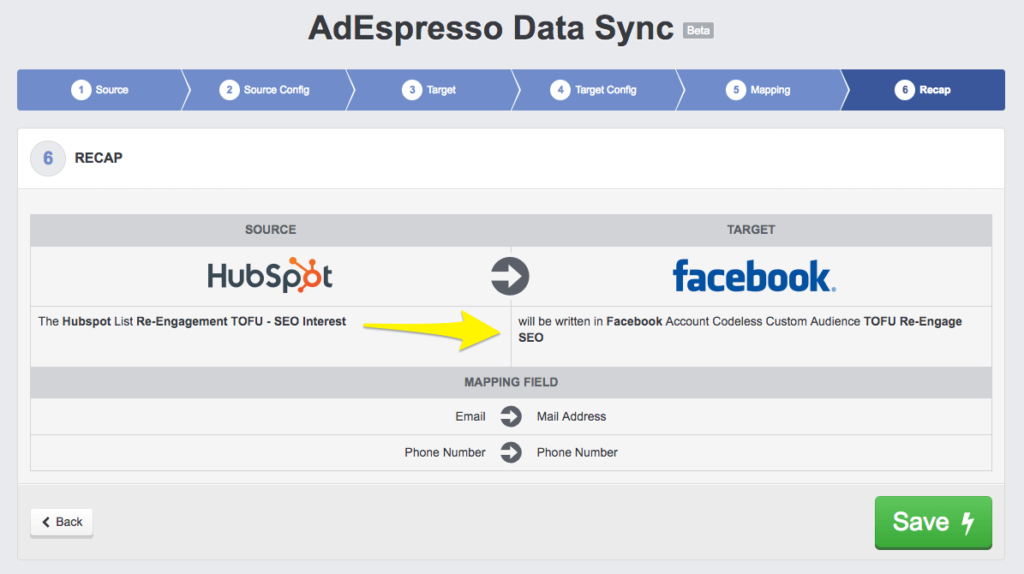


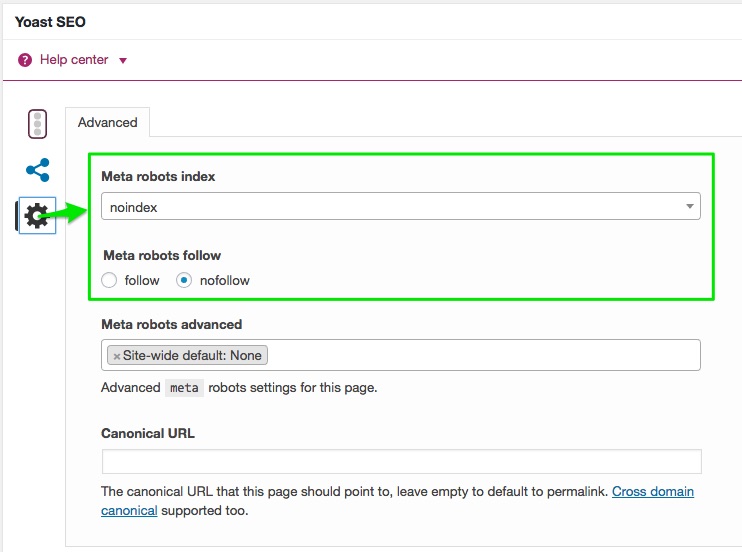
No comments:
Post a Comment